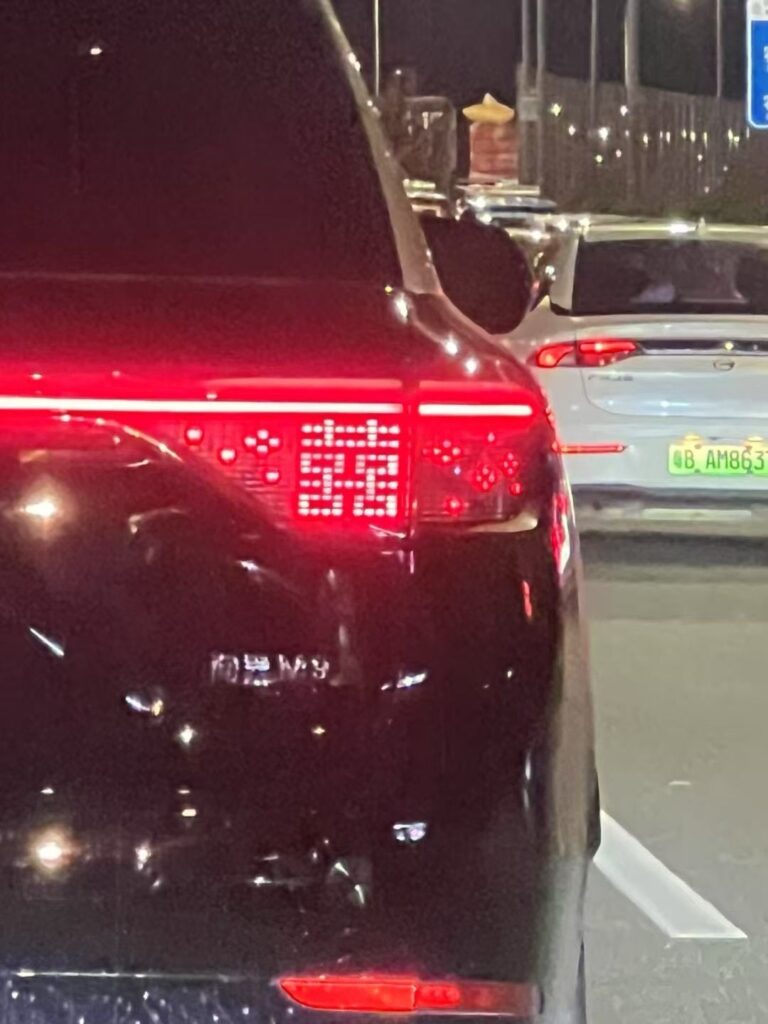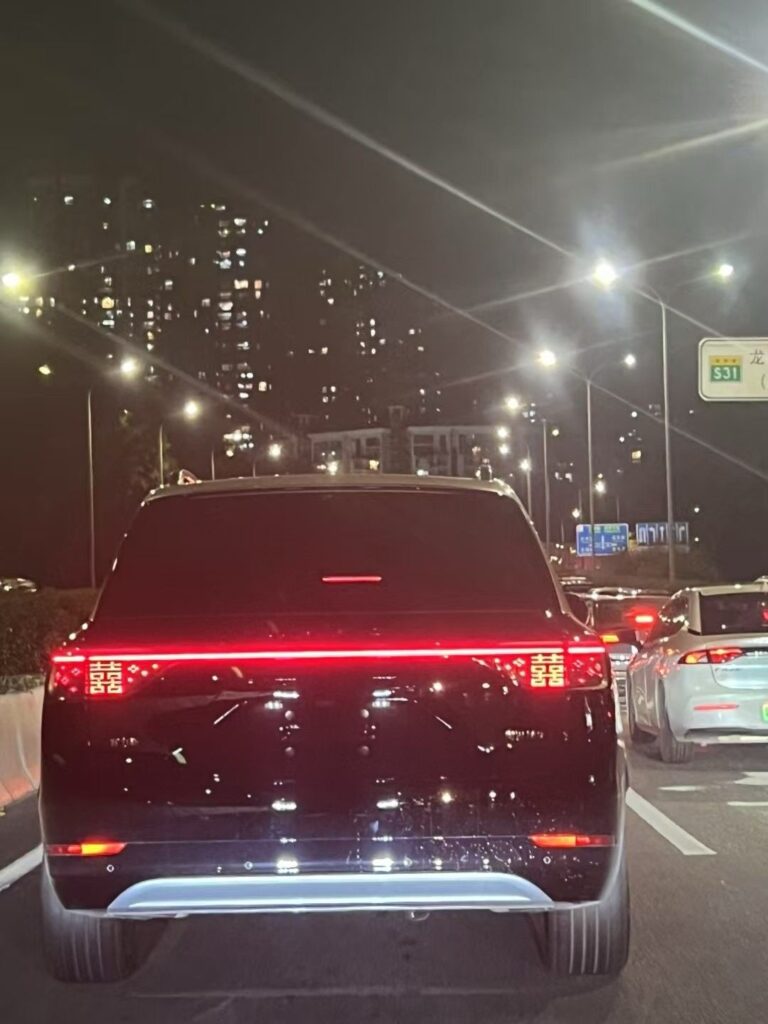Yes and no
– it depends on perspective:

✅ Not just a gimmick – when viewed strategically:
1. Emotional Branding
• “囍” symbolizes double happiness, widely associated with celebration and good fortune in Chinese culture.
• It taps into national pride and emotional nostalgia – something that builds loyalty in domestic markets, especially in a high-involvement purchase like a car.
2. Differentiation in a crowded EV market
• In the sea of lookalike LED light bars, Seres creates a memorable visual cue.
• Just like how BMW is known for its “Angel Eyes” or Audi for its sweeping indicators, “囍” becomes Seres’ light signature.
3. Smart Symbolism in the age of Smart Cars
• When smart cars are all talking about intelligence and sensors, adding a layer of cultural intelligence can enhance the brand story.

❌ On the flip side
– possibly gimmicky if:
1. No functional integration
• If the design is purely aesthetic and doesn’t integrate with smart lighting logic (e.g., signaling, mood lighting, interaction), it risks being seen as superficial.
2. Short-term novelty
• Consumers may initially be impressed, but long-term engagement requires more than visual tricks. If the car’s performance, smart features, or experience fall short, the lighting becomes a distraction.
3. Cultural limitation
• While it resonates deeply in China, it might confuse or alienate international buyers unfamiliar with the symbolism.
🔍 If paired with a strong product and cultural storytelling, it’s clever branding. If it’s just an isolated visual trick, it’s a gimmick.
